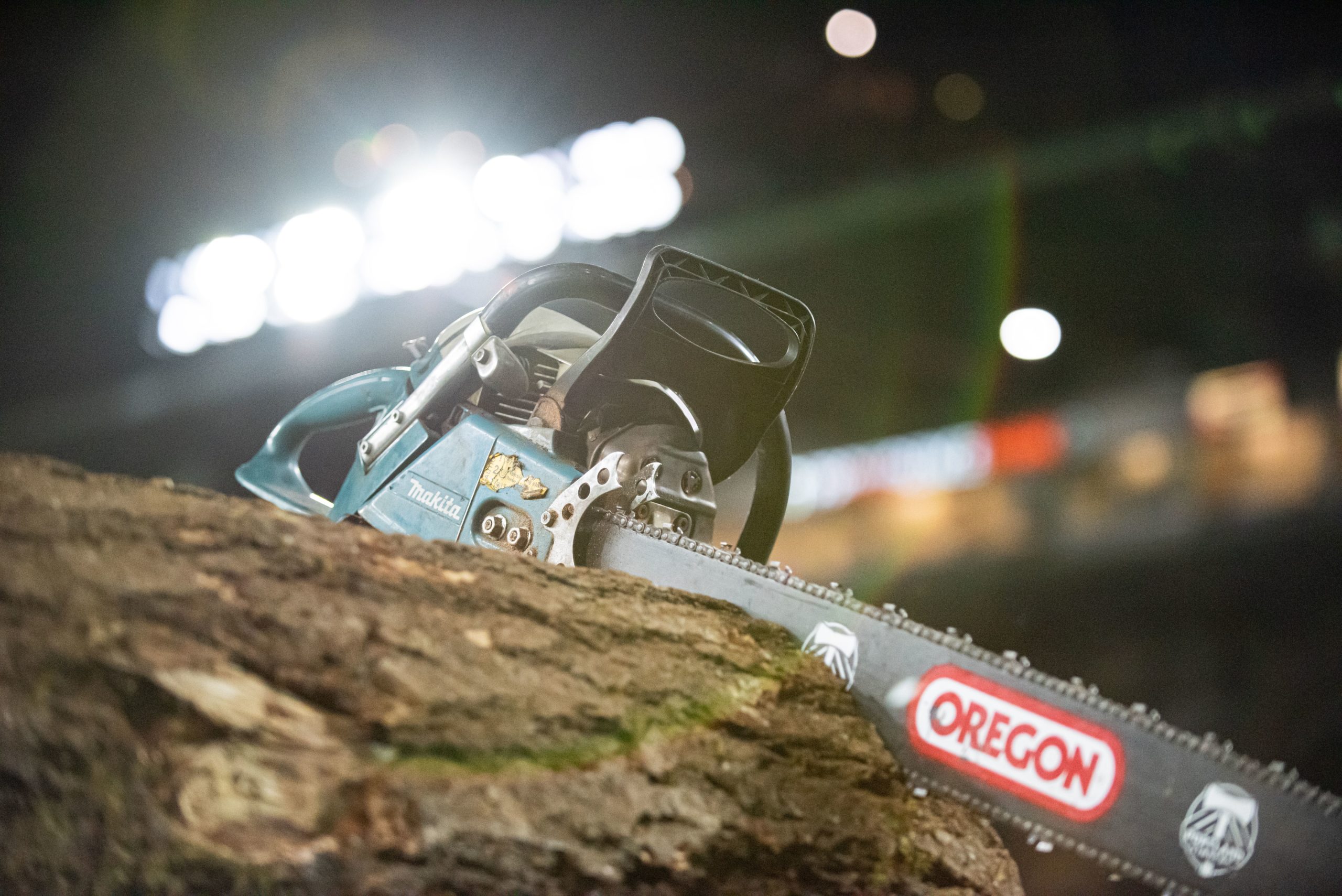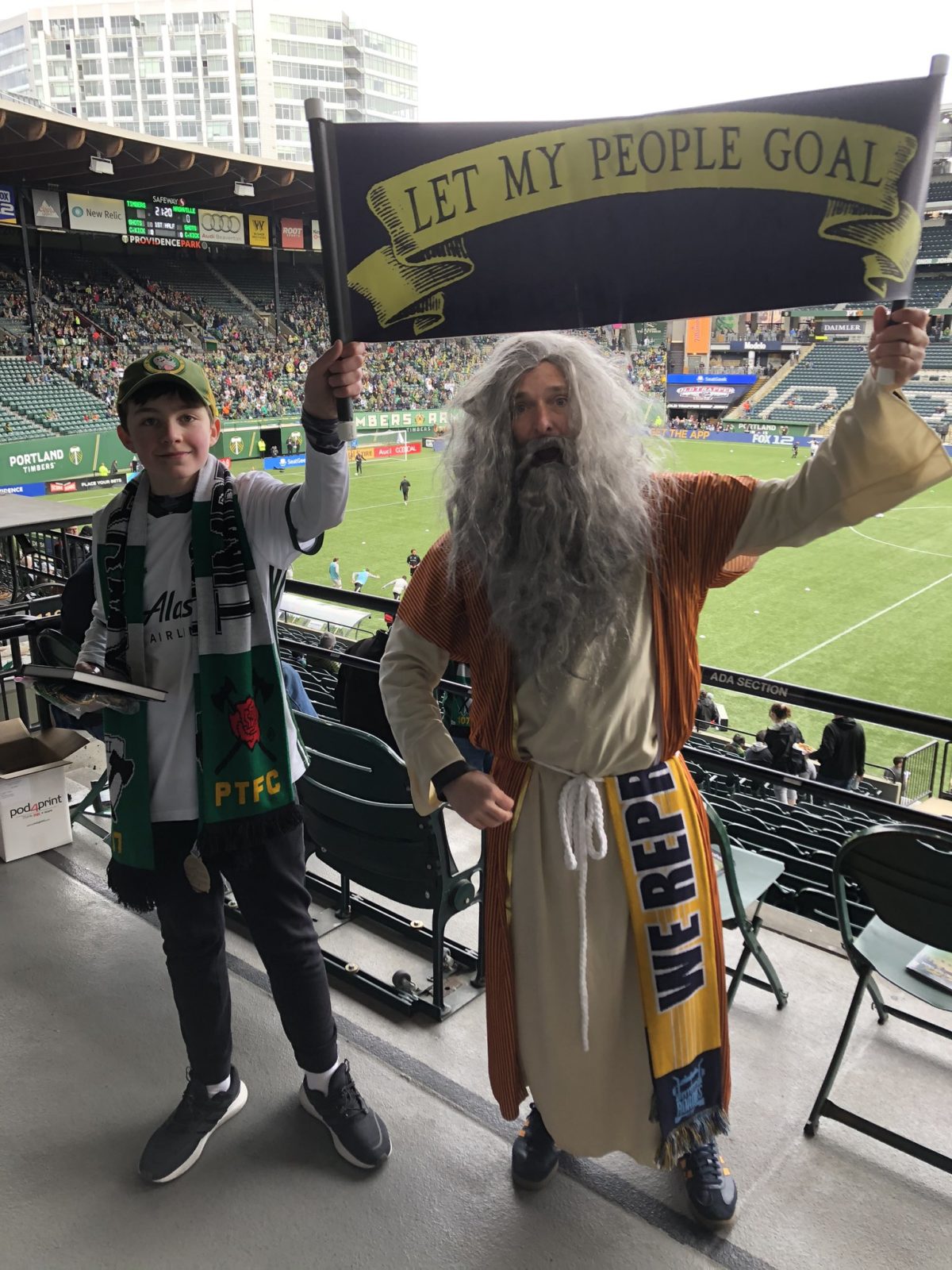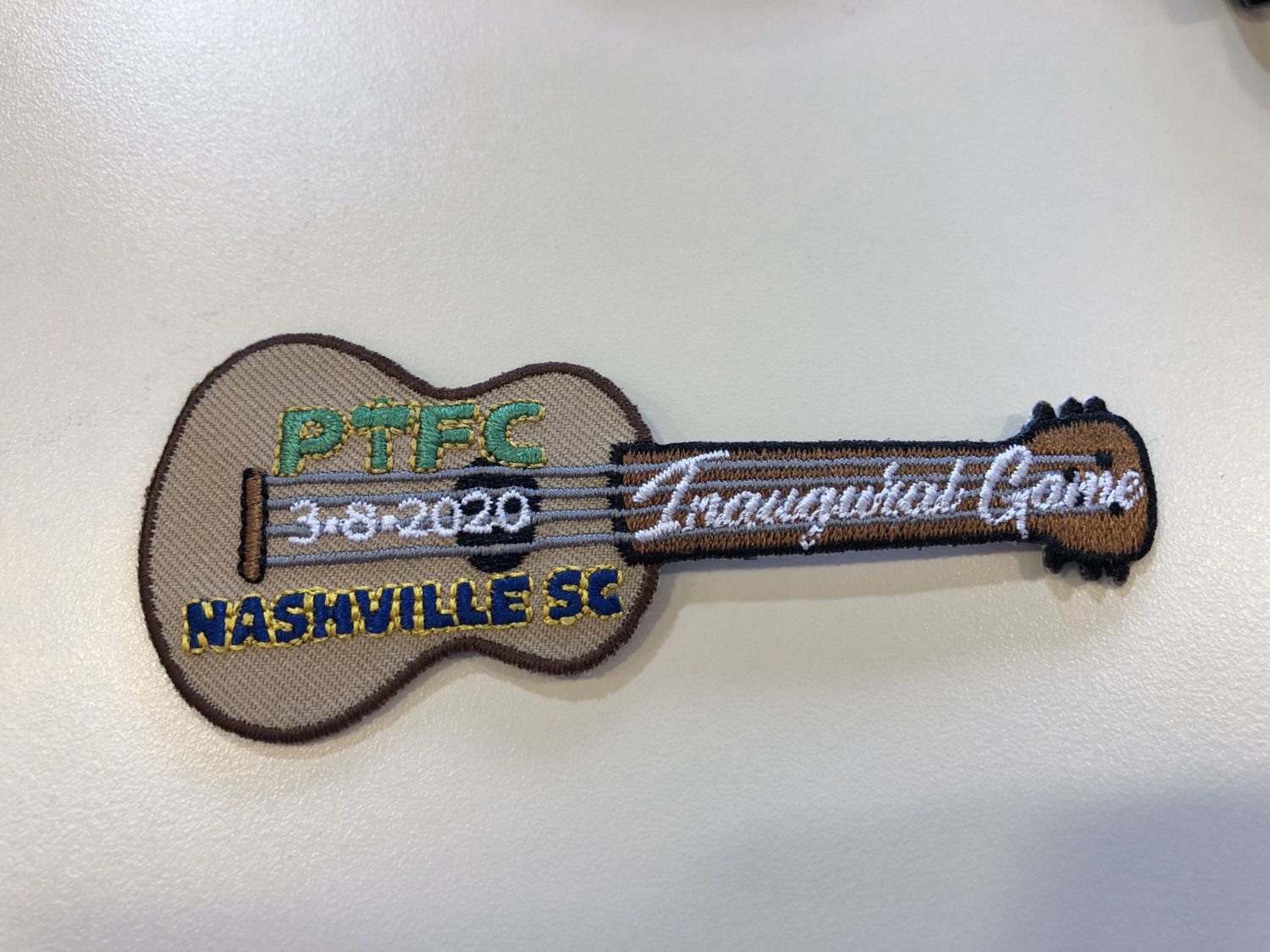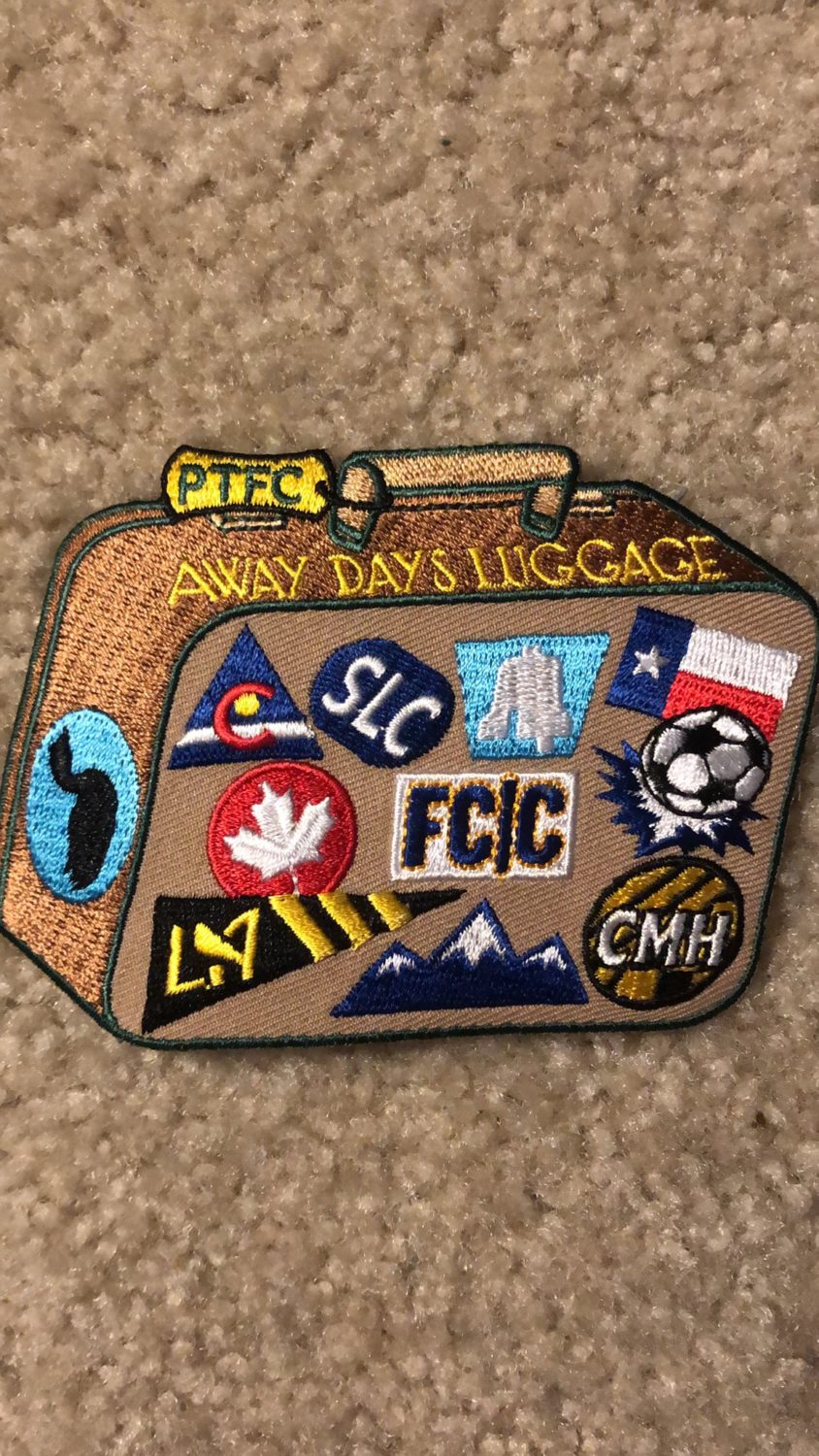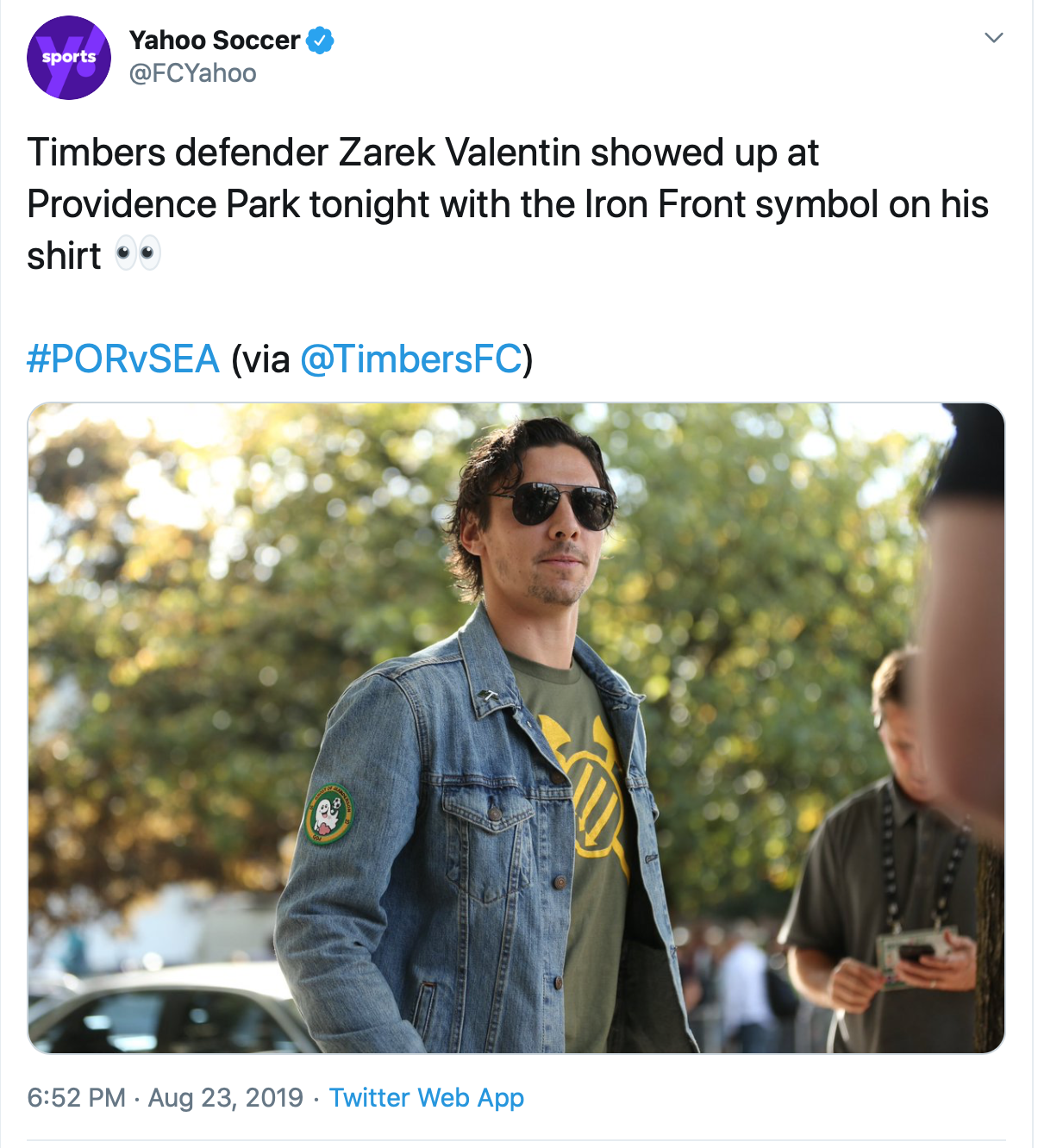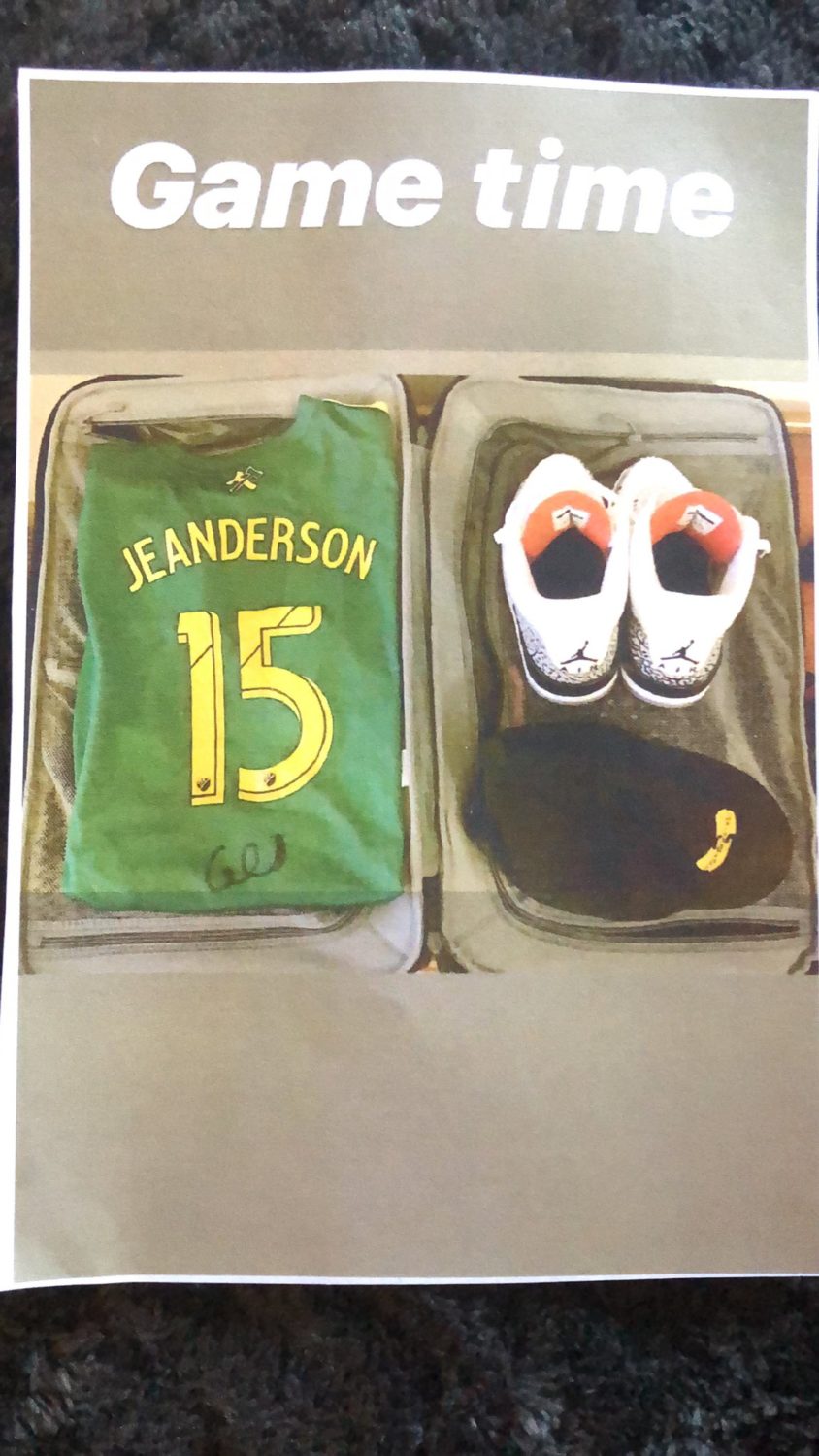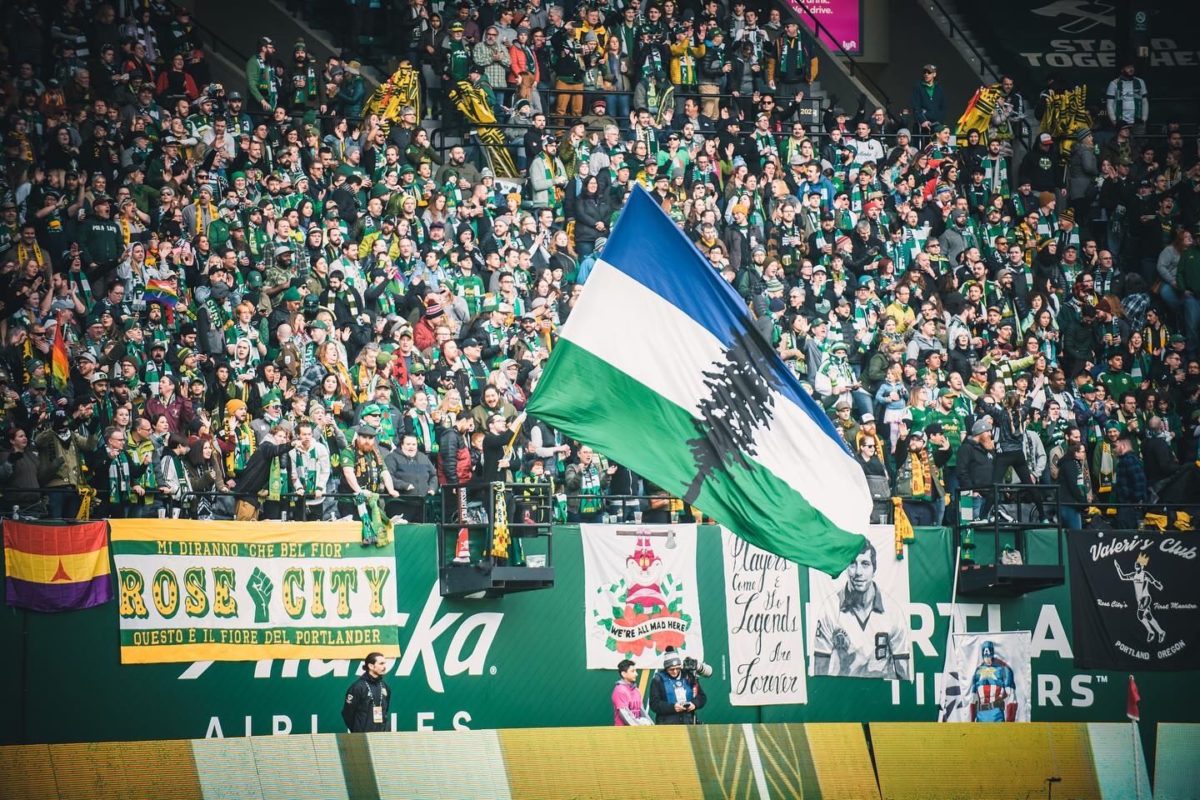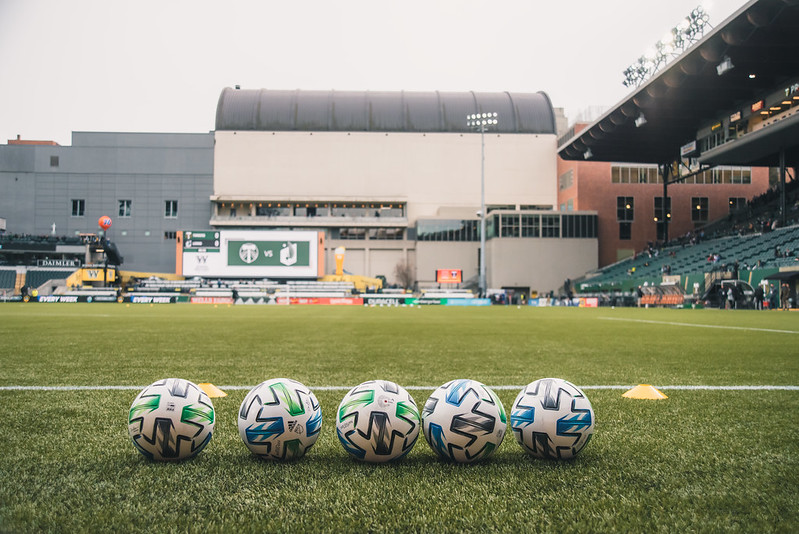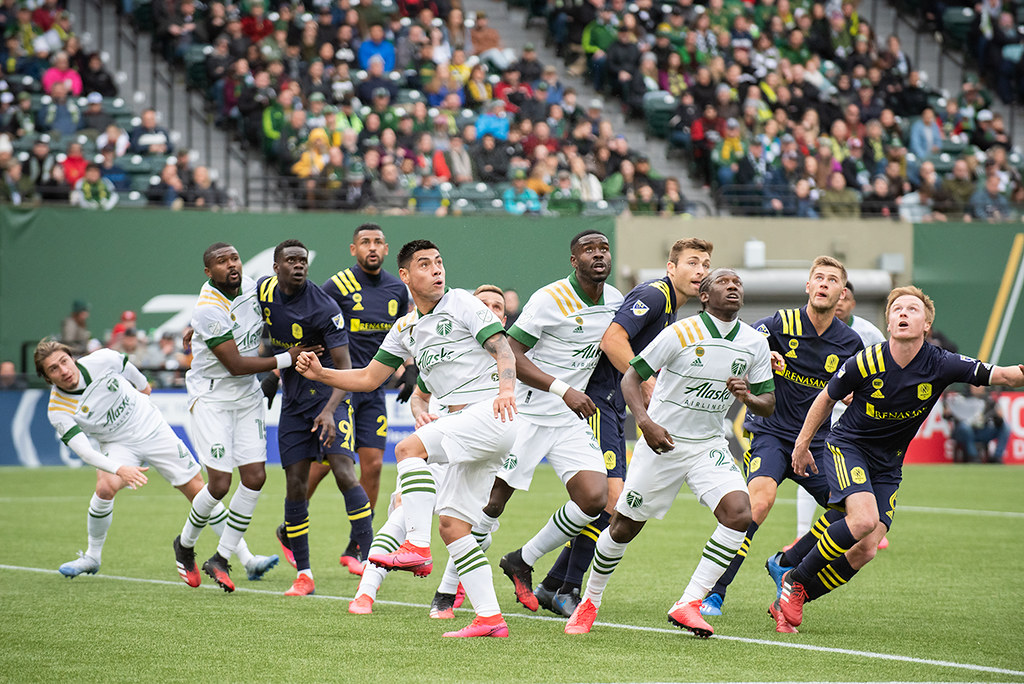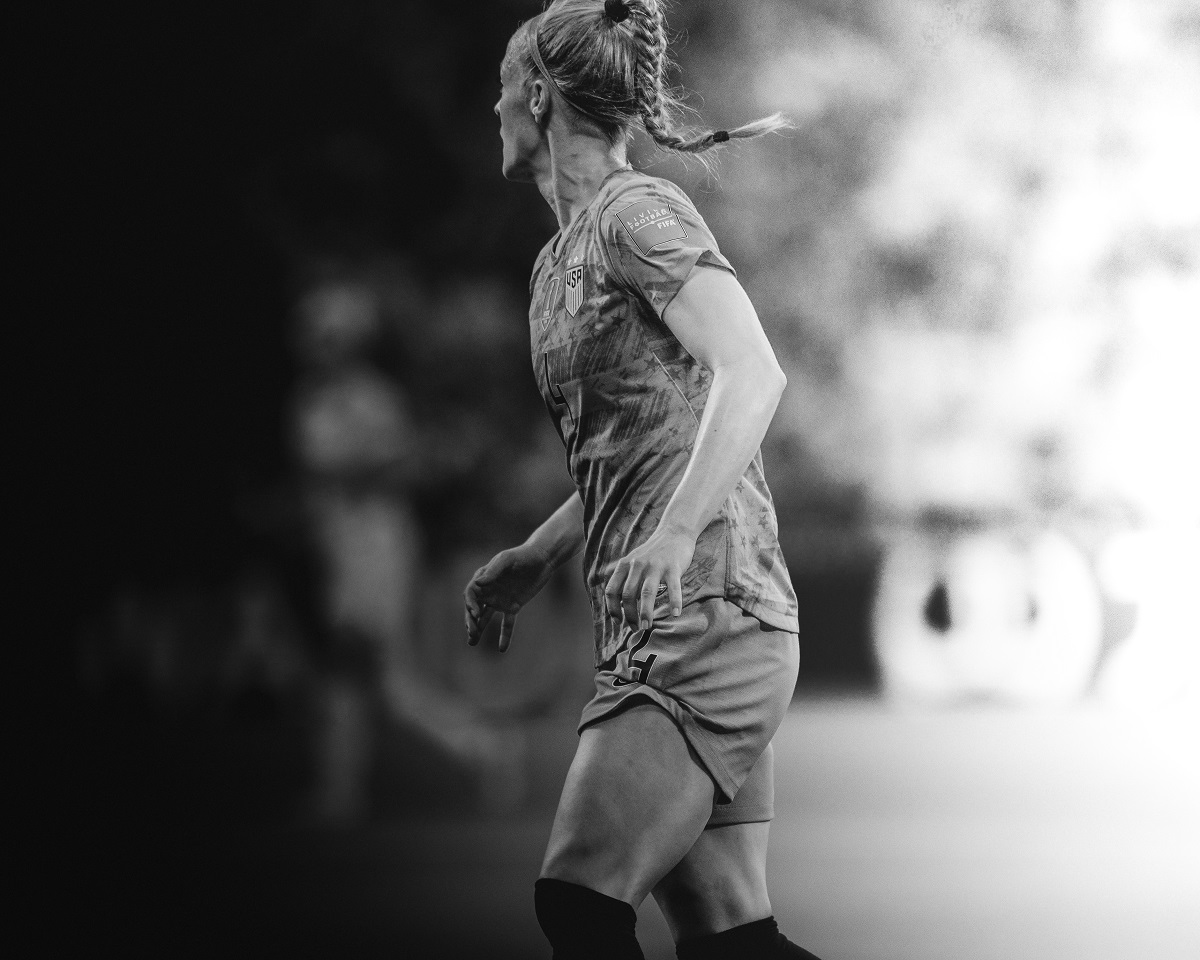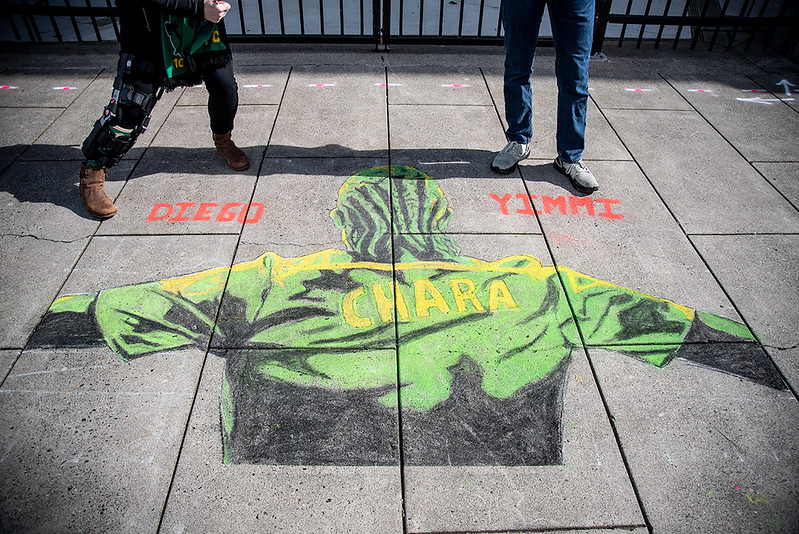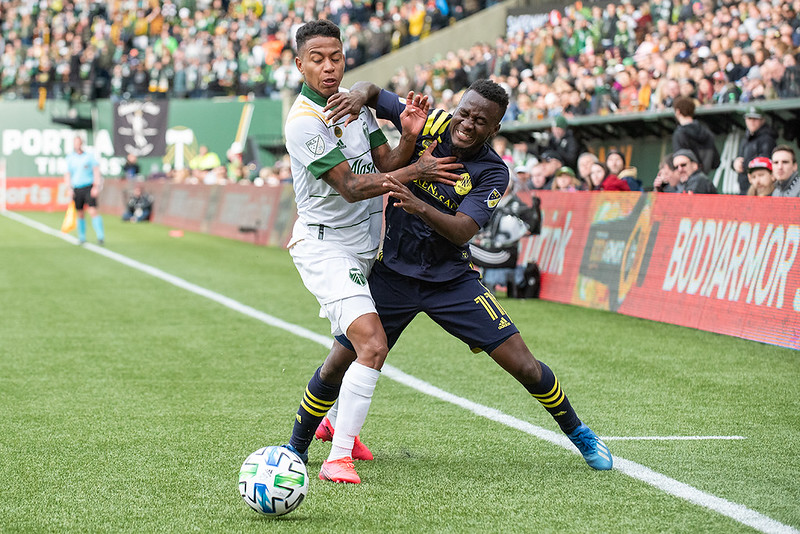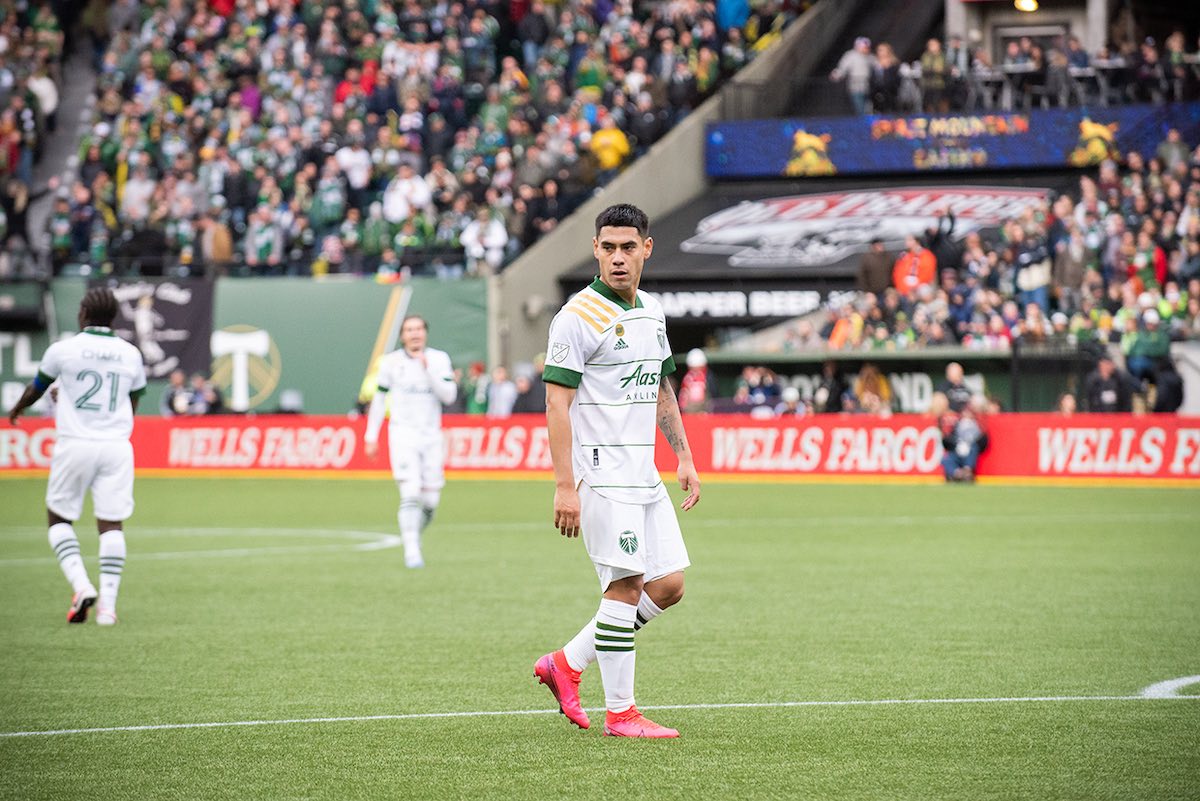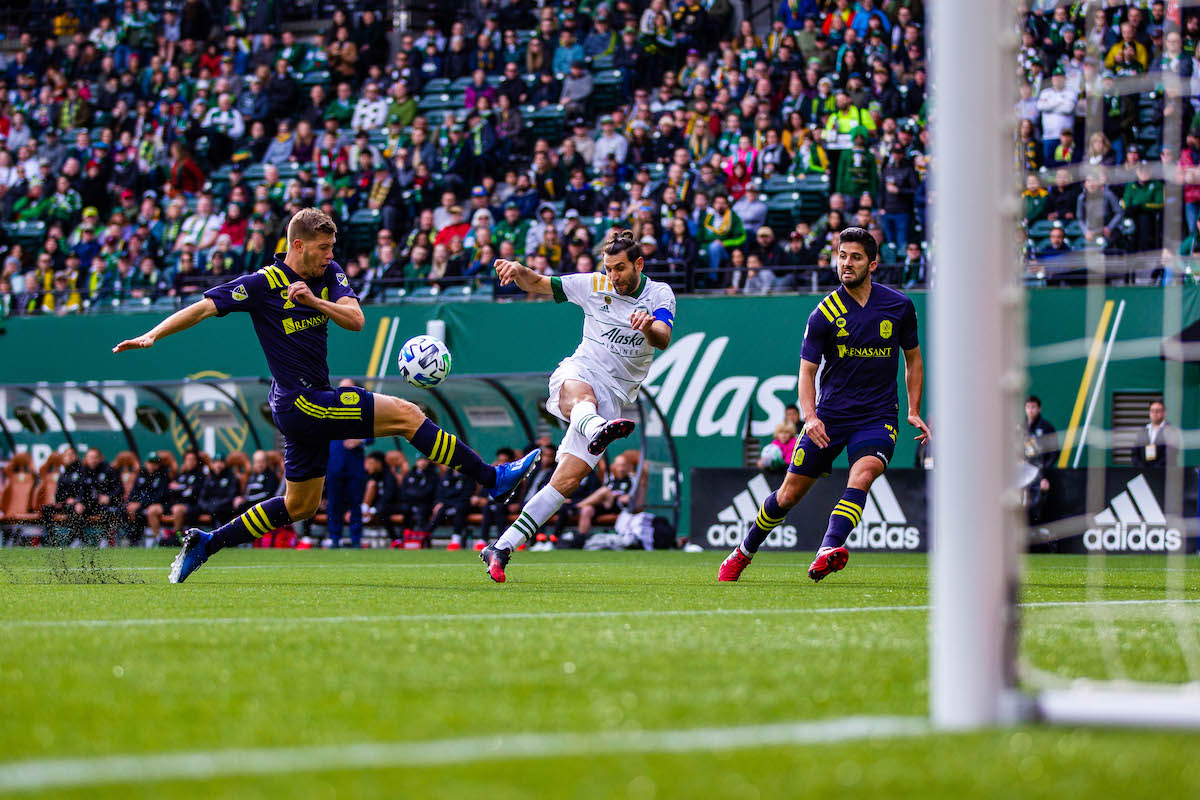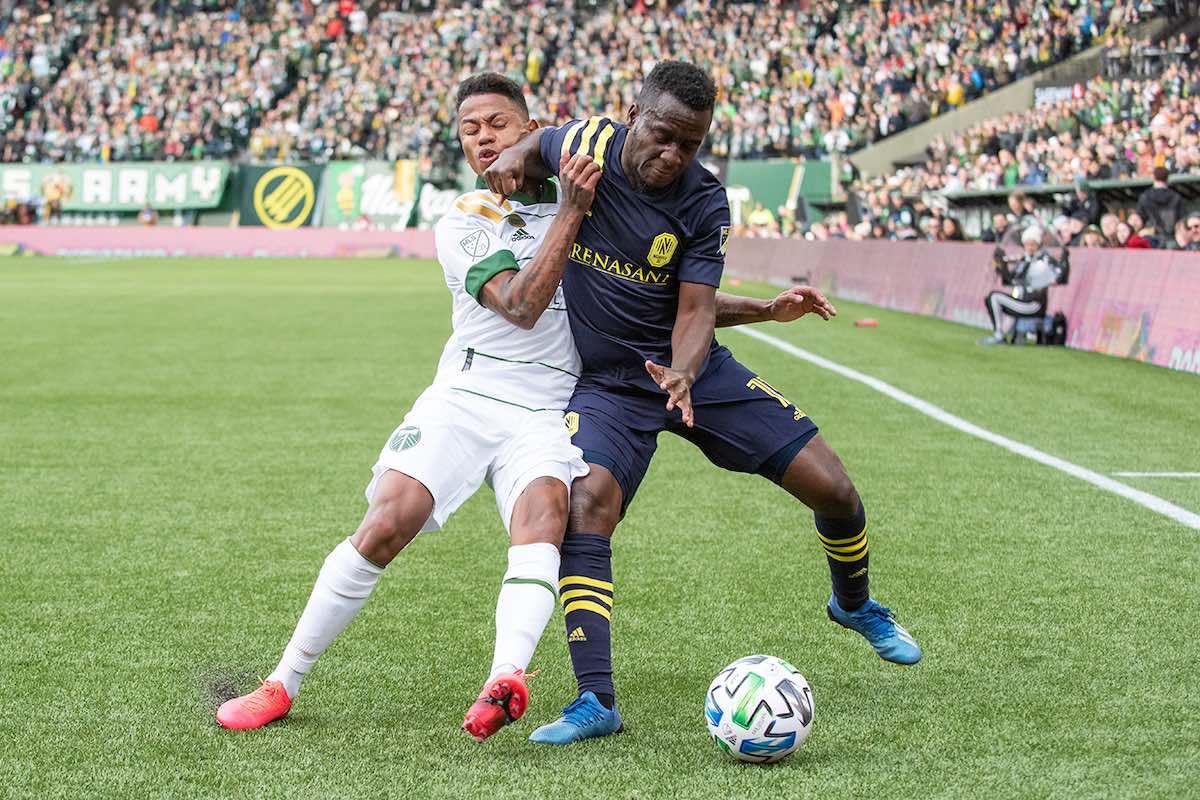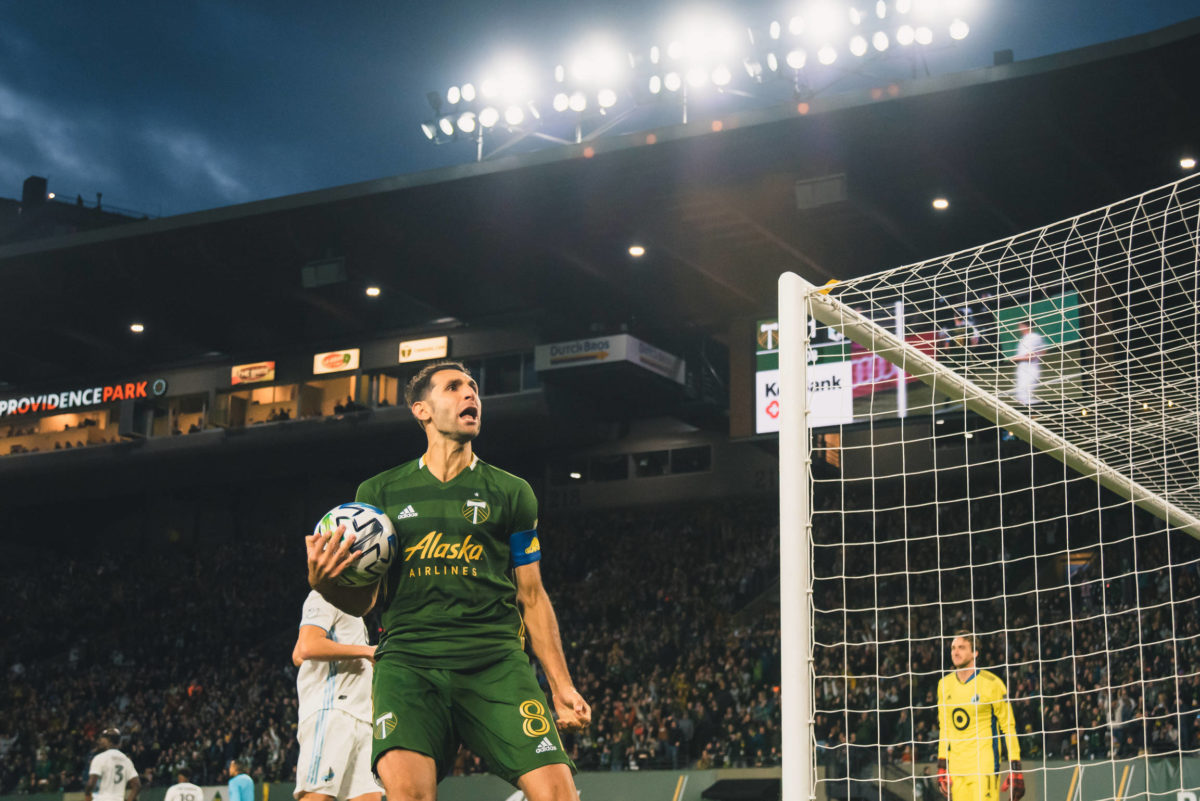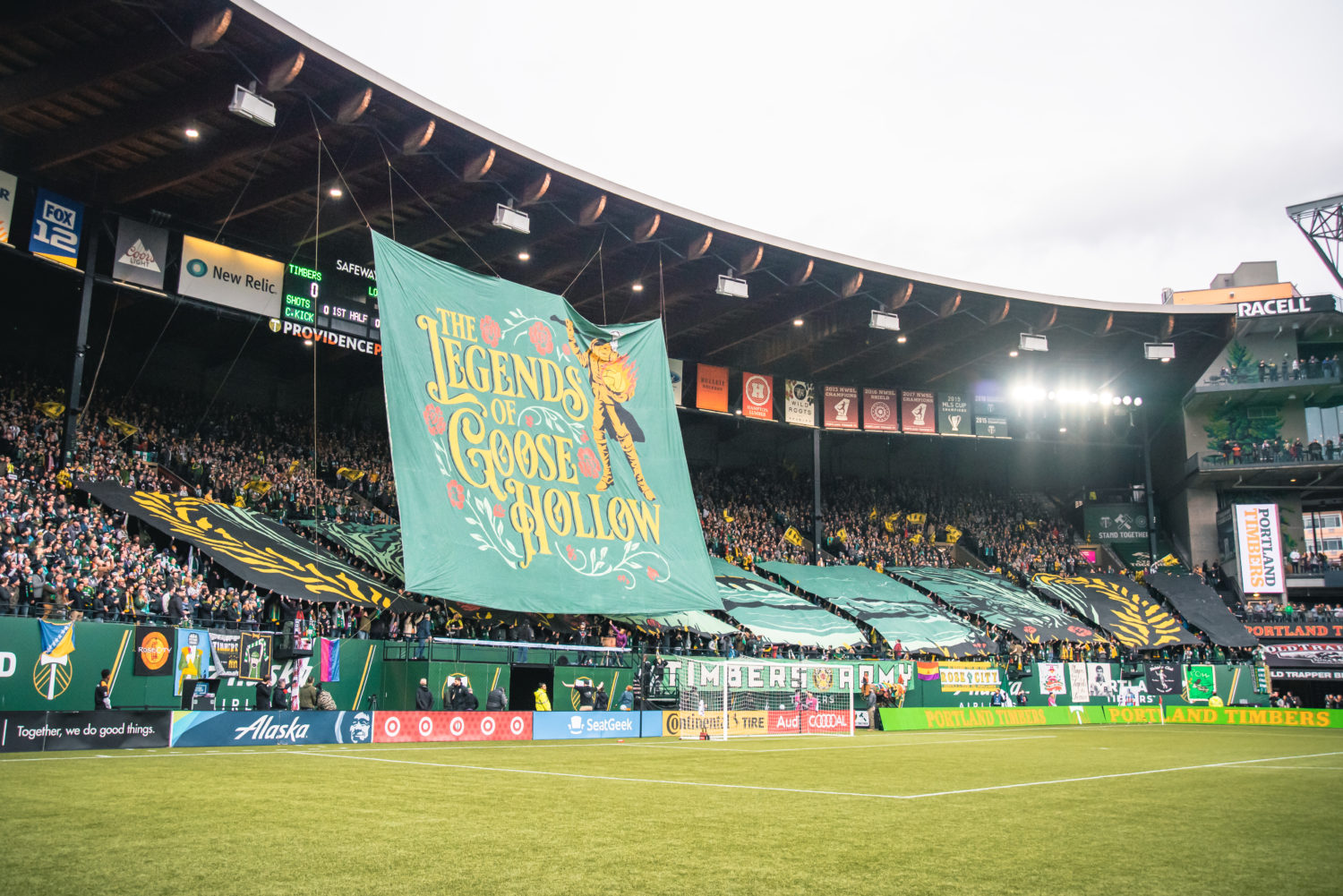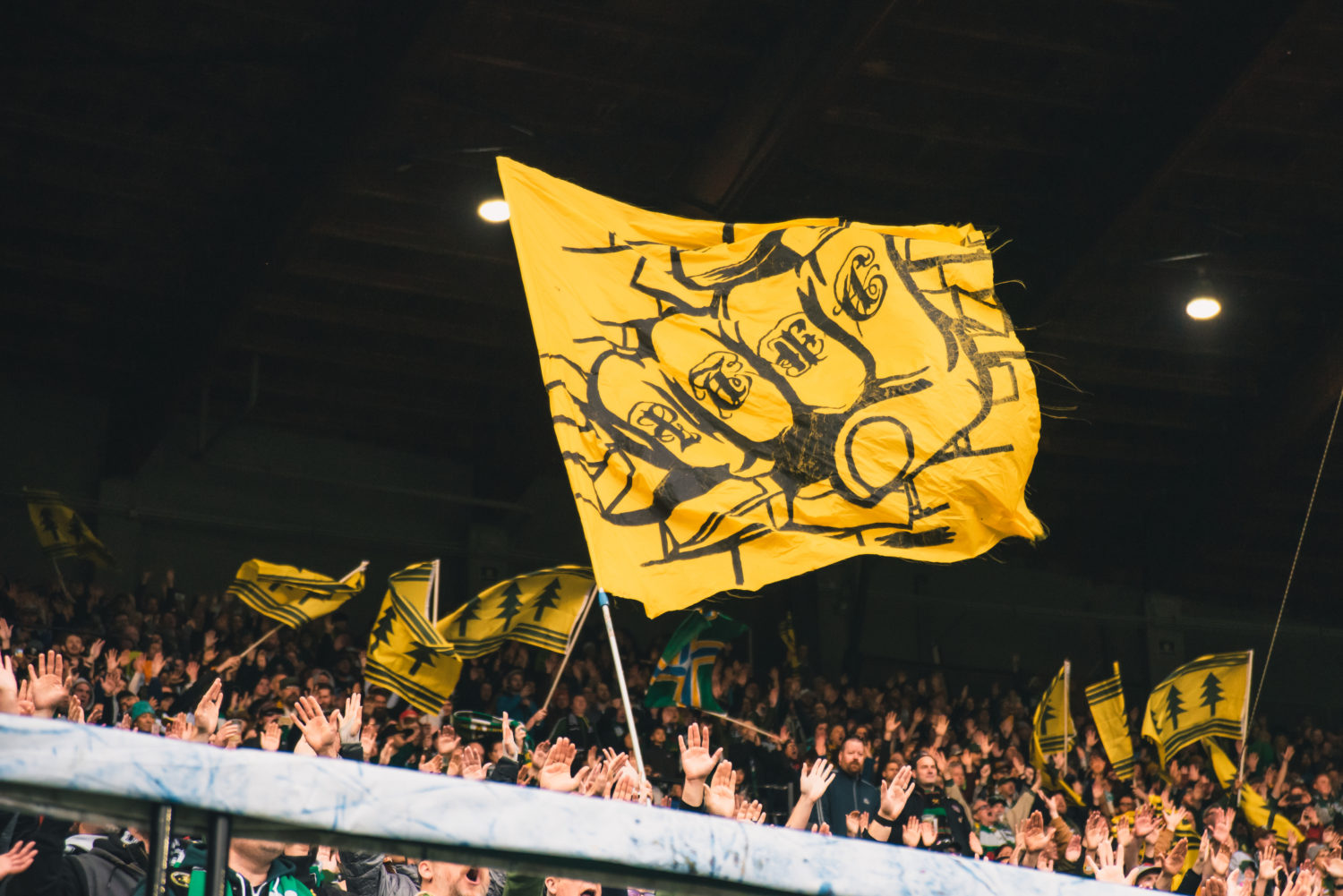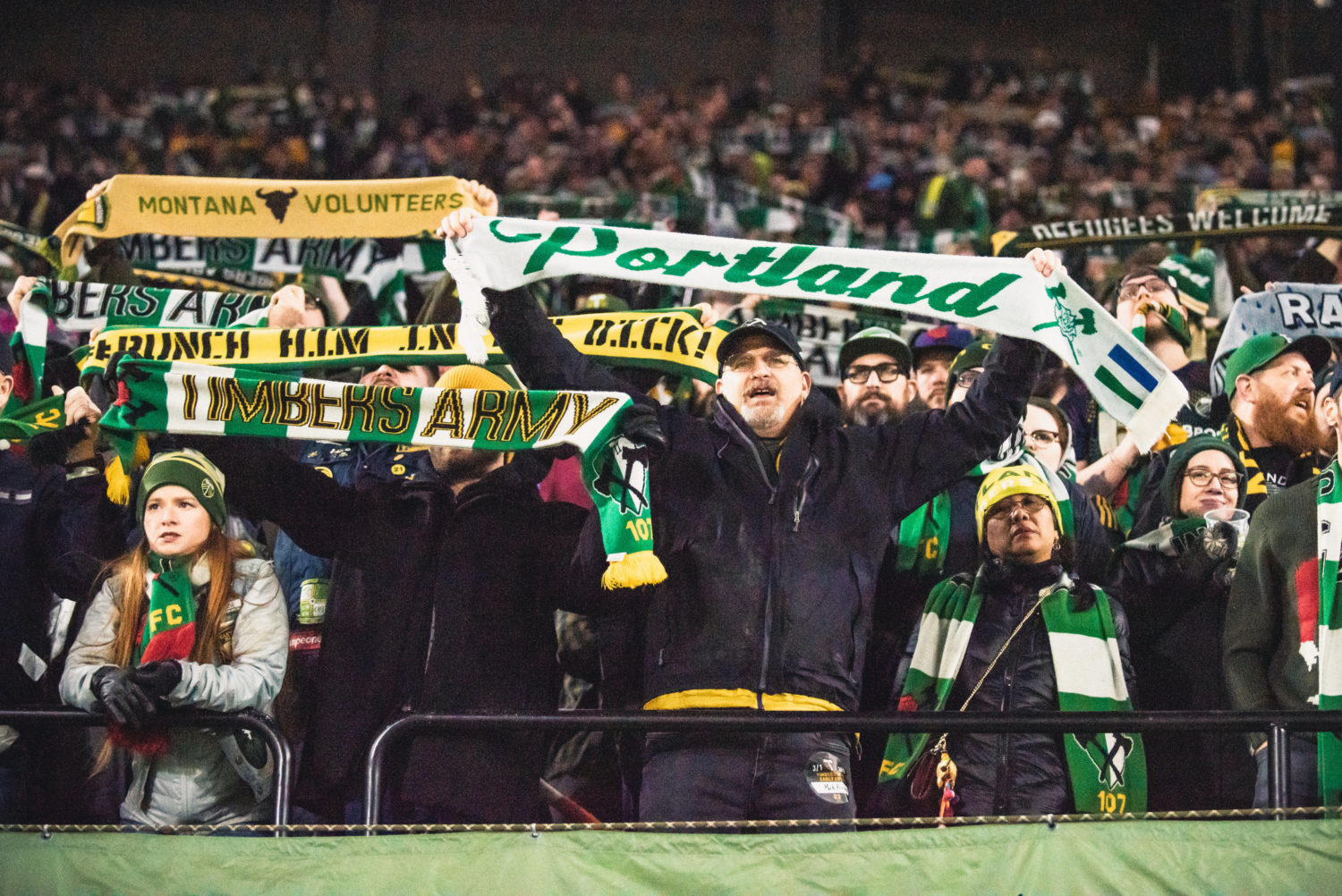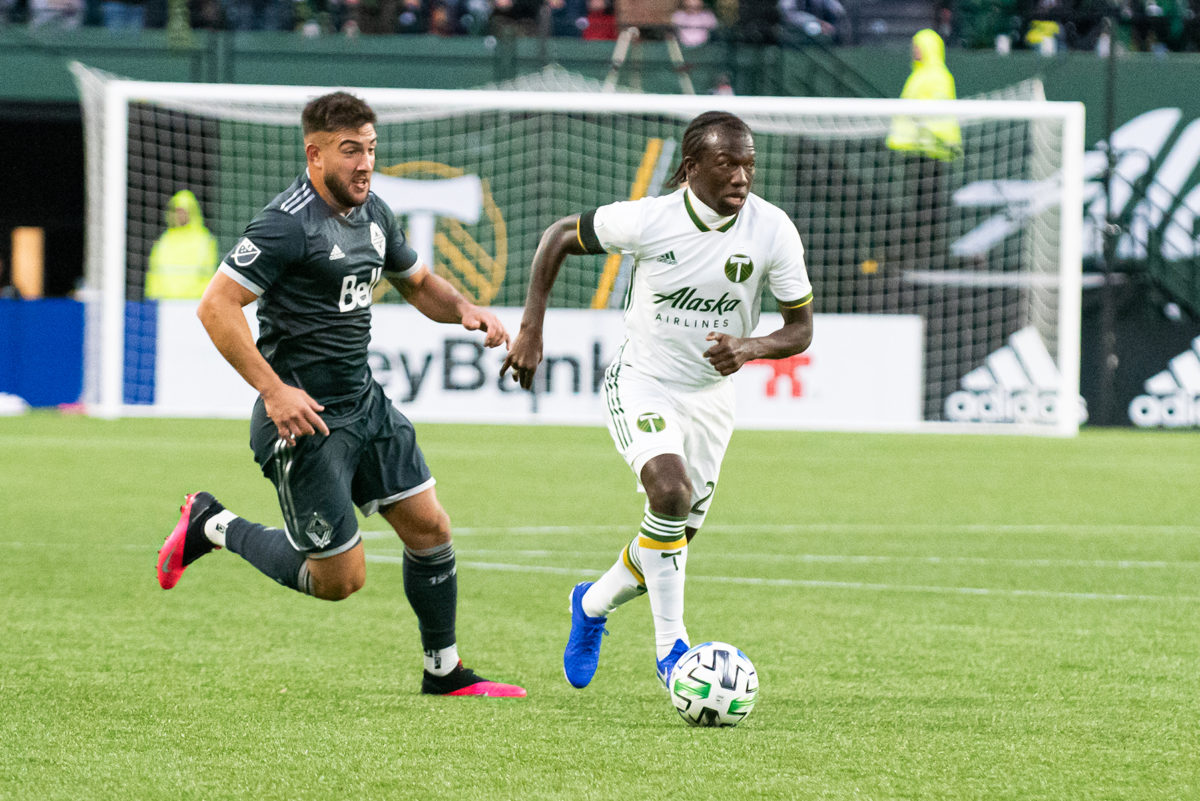Former Portland Timbers play-by-play commentator John Strong landed at Seattle-Tacoma International Airport expecting to make a quick connection to a cross-country flight to Washington DC. But on his way to the gate, he received an unforeseen email from Timbers owner and CEO Merritt Paulson asking where he was.
Strong knew to assume inclement weather on the east coast during the coming weekend. According to multiple reports, Hurricane Irma was projected to hit the DC area, but Strong anticipated that the team, and Major League Soccer, would postpone that weekend’s game against DC United just a day or two, and that he could bunker down in a hotel in the mean time. That idea was dashed just a few minutes later when he received another frantic message, this time from the Timbers’ vice president of broadcasting, Matt Smith.
“I’m thinking they delayed the game and we’d play it Monday,” Strong said. “I was still prepared to fly to DC. But [Paulson] responds in all caps, ‘DO NOT GET ON THE PLANE,’ and within seconds Smith is calling me saying, ‘where are you right now?’”
Strong, of course, was on his way to the nation’s capital, but those plans quickly changed. 285 regular-season games have gone on without a hitch since then, until March 19, when COVID-19 shut the entire league down. That game, nearly a decade ago, stood as the only time a Timbers game had been postponed in its MLS era, and it resulted in one of the craziest and most memorable days behind the scenes in the franchise’s MLS history.

The team landed in Washington a day before the official postponement, arriving on Thursday night to an eerily empty Reagan Airport. It is team policy to arrive at road cities at least two days prior to an east coast game, so despite the rumblings about a potential hurricane, players and staff boarded the 2,800-mile flight to DC.
But in seeing how empty the airport was, with those passengers who were there scrambling to get out of the city, reality set in. By the time the team left the airport, Portland’s then-director of game operations, Nick Mansueto, couldn’t help but begin to contemplate a nightmare scenario—one that came to fruition 24 hours later.
“It was certainly a surreal feeling being at an airport, grabbing your bags, and being the only ones because everybody else in the airport is trying to leave,” Mansueto said. “It was strange to be the only group of people walking to the baggage claim, which made it all the more real and it hit home what exactly we were flying into.”
On Friday morning, just a day before the game was scheduled to be played, Mansueto recalls going outside to see weird cloud formations and feeling the wind pick up. Soon after, the call from the league came through: there would be no game that weekend, and the team would have to get out of DC. Players who boarded the bus expecting to head to training that morning were instead thrust into a crazy 24-hour experience that perfectly reflected the MLS 2.0 era.
One player who remembers that day well is former team captain Jack Jewsbury. He recalls the shock of switching mindsets from anticipating practice to having to turn around and fly right back across the country. As captain, Jewsbury left with the first group of players and would get to fly back out of Reagan.
“Nick [Mansueto] and his staff did as good as they could to get everyone on [flights], but you gotta think that everybody else in that area is trying to get out of there, too,” Jewsbury said. “It was a bit chaotic.”
Behind the scenes, Mansueto called it one of the most stressful and memorable experiences from his time with the team, one that involved booking an entire soccer team on cross-country flights in an ever-changing situation. The team was used to traveling in a controlled environment with tickets already printed, bags checked in, and expedited security lines. At that moment, Mansueto was just trying to get as many seats as he could together, and that meant securing two or three seats each on any planes departing out of Baltimore, Reagan, and Dulles airports—all at least an hour apart from one another without traffic—which meant lengthy layovers in four different cities.
“For me, it was important to get the guys out of there as quickly as possible,” Mansueto said. “If there were layovers, which there were, that was certainly a better situation than being stuck for an unknown amount of time in a city that you do not live in.”
By the time Jewsbury and the first group of players arrived at Reagan, they decided to enjoy a quick drink before the long journey home; after all, there would not be another game for a while.
“It was an odd feeling,” Jewsbury said. “You’re in your Timbers gear, you’re supposed to go to a game the next day, and you’re already coming back flying across the country. We had a few beers to settle the nerves a little bit because we had finally made it to the airport.”
Luckily, Jewsbury and the entire team arrived back in Portland in the coming days, but it’s easy to look back at that game and ask, “what if?”
In a way, it hurt the team to not play the game as scheduled. Back in May, DC United had become the first team to beat Portland at what was then Jeld-Wen Field, winning 3–2 in dramatic fashion. But by late August, the Timbers had caught lightning in a bottle, taking all six points from the Vancouver Whitecaps and Chivas USA in the span of four days.
Instead, the game was rescheduled for late October and became a do-or-die match for both teams. A Timbers win would have essentially guaranteed a spot in the playoffs if they could win or draw against Salt Lake City the following weekend. DC, meanwhile, needed all three points to stave off instant elimination. The game—which still holds an MLS record for most shots in a half of any MLS game since 2000—ultimately finished 1–1, with Kenny Cooper opening the scoring in the 24th minute, and Dwayne De Rosario scoring the equalizer in the 73rd. The Timbers were then forced to rely on another result; that game didn’t go their way, and the team was out before Decision Day.
“This is my hot take about 2011,” Strong said. “I think the Timbers win that game [if it had been played as originally scheduled] because they were playing with such confidence, and it was such a quick turnaround that they were running on adrenaline. By the time they played DC again at the end of the season, the team was out of gas.”
Jewsbury acknowledged Strong’s point, but he didn’t believe that one postponed game in August made that much of a difference in the team’s playoff fate that year. He did, however, agree that road points were hard to come by, and those three would have been extremely valuable.
“For me to say, ‘Hey, if we win that game, we are going to make the playoffs,’ is probably unfair, but we were in a groove,” Jewsbury admitted. “For a young team like we were, confidence was king. And we had that going at different times during the year, so to not get that one in hurt for sure, and you never know. We may have been able to grab that playoff spot, and you never know what is going to happen from there.”
That postponed game now stands as arguably one of the craziest forgotten stories from that 2011 season. Was John Strong right? Could the Timbers have actually snuck into the playoffs that year? We’ll never know for sure, but it’s a memorable flashpoint in what was an exciting inaugural MLS season for the Portland Timbers.
“Had the Timbers had the three points from the DC win, they would’ve come into the RSL game knowing that with a win they would’ve gotten in, or a draw might’ve been enough, depending on the result,” Strong said. “That’s always been my revisionist hot take. If it were not for that hurricane, the Timbers are the third expansion team ever to make the playoffs.”

